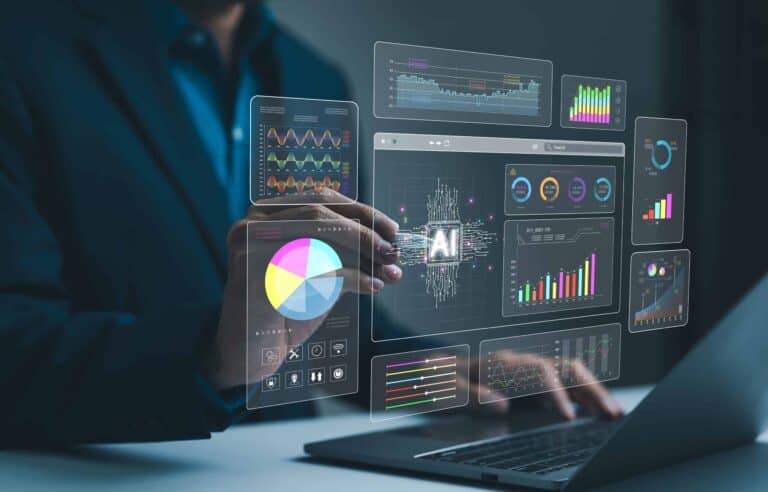With Tableau Next, business intelligence (BI) gets inextricably linked to AI agents. Agentic analytics should put an end to the painfully slow process of manual data analysis. Tableau CEO Ryan Aytay promises nothing less than a whole new paradigm for BI.
Tableau Next is being announced during the Tableau Conference 2025 in San Francisco. The platform is built on Salesforce and naturally integrates with Agentforce, the suite of agentic solutions within that platform.
Where traditional BI is labor-intensive and spread across separate systems, agentic analytics should consolidate this. The most obvious use case for AI agents is for them to take over time-consuming repetitive tasks first, so that people can focus on strategic considerations and other complex tasks that AI is ill-equipped to handle.
A completely new BI paradigm
Tableau Next positions itself as the first open, API-first BI platform with a workflow engine that covers the entire analytics journey. That is quite a promise and we need to elaborate. The platform consists of several layers, which we will discuss below.
The basis of Tableau Next is the open data layer that makes connecting and unifying data easier than before. Data Cloud allows users to access data in external platforms such as Snowflake, Databricks and AWS Redshift. This is done on a zero-copy basis, which guarantees speed and security and reduces storage costs.
In addition, Tableau Semantics helps users build a single source of truth with all data enriched with context and meaning. AI assistance helps analysts reduce data preparation time. Consistent and reliable insights should ensure that both people and agents speak the same business language. This is followed by the visualization of the data, as is customary in Tableau.
Action-oriented BI platform
A fundamental difference with traditional BI solutions is the action layer that Tableau Next introduces. “Tableau Next brings Salesforce Flow’s automation power to your data, making workflows smoother, automating tasks with AI, and saving you money,” Tableau states. Users can take action directly from visualizations, which is an expression of CEO Ryan Aytay’s vision of making Tableau an action platform. In other words: a platform on which you do something and don’t just look at something.
Integration with Salesforce’s Agentforce platform is an essential part of the new strategy. Salesforce has recently invested heavily in tools to test, monitor and adjust AI agents. These Agentic Lifecycle Management tools form the basis for the reliability of the agents that operate within Tableau Next.
AI agents as analytical assistants
What further distinguishes Tableau Next are the agentic analytics skills. The platform introduces multiple specialized AI agents that perform specific tasks while continuously learning from input, feedback and other agents.
Data Pro is the intelligent data preparation assistant that makes smart suggestions and can even automatically process complex changes. Concierge offers direct, reliable answers to data questions in plain language. Inspector provides proactive data monitoring and insights by continuously monitoring data for important changes and predicting improvements.
“Agents can handle some of the more time-intensive and repetitive tasks and automatically surface initial insights,” Tableau’s CEO explains.
Marketplace for modular expansion
Tableau Next also introduces a modern approach to the analytics marketplace, which offers access to reusable, ready-made components. This follows a trend that we also see at Salesforce’s AgentExchange, a marketplace specifically for sharing and implementing AI agents.
The marketplace is built on a unique framework that seamlessly integrates the flow of data into semantic models, visualizations and actions. This seamless connection guarantees trust and consistency, while a modular architecture enables expandability, innovation and scale without sacrificing control.
Agentic AI also comes to existing products
For organizations that are not yet ready to take to the cloud, Tableau is also investing in existing products with solid roadmaps. This includes bringing Tableau Agent to Tableau Public, making the technology available to a wider audience.
In addition, agentic AI is already possible on-premises via a Tableau Server Dashboard Extension that offers a conversational interface with a company’s LLM solution, and Tableau’s VizQL Data Service to query a published data source behind the scenes.
Tableau is not the only one to link BI to agentic AI. AWS, for example, is also adding this to its QuickSight BI solution. The integration of AI agents in BI tools therefore seems to be a logical next step that all players will eventually take.
